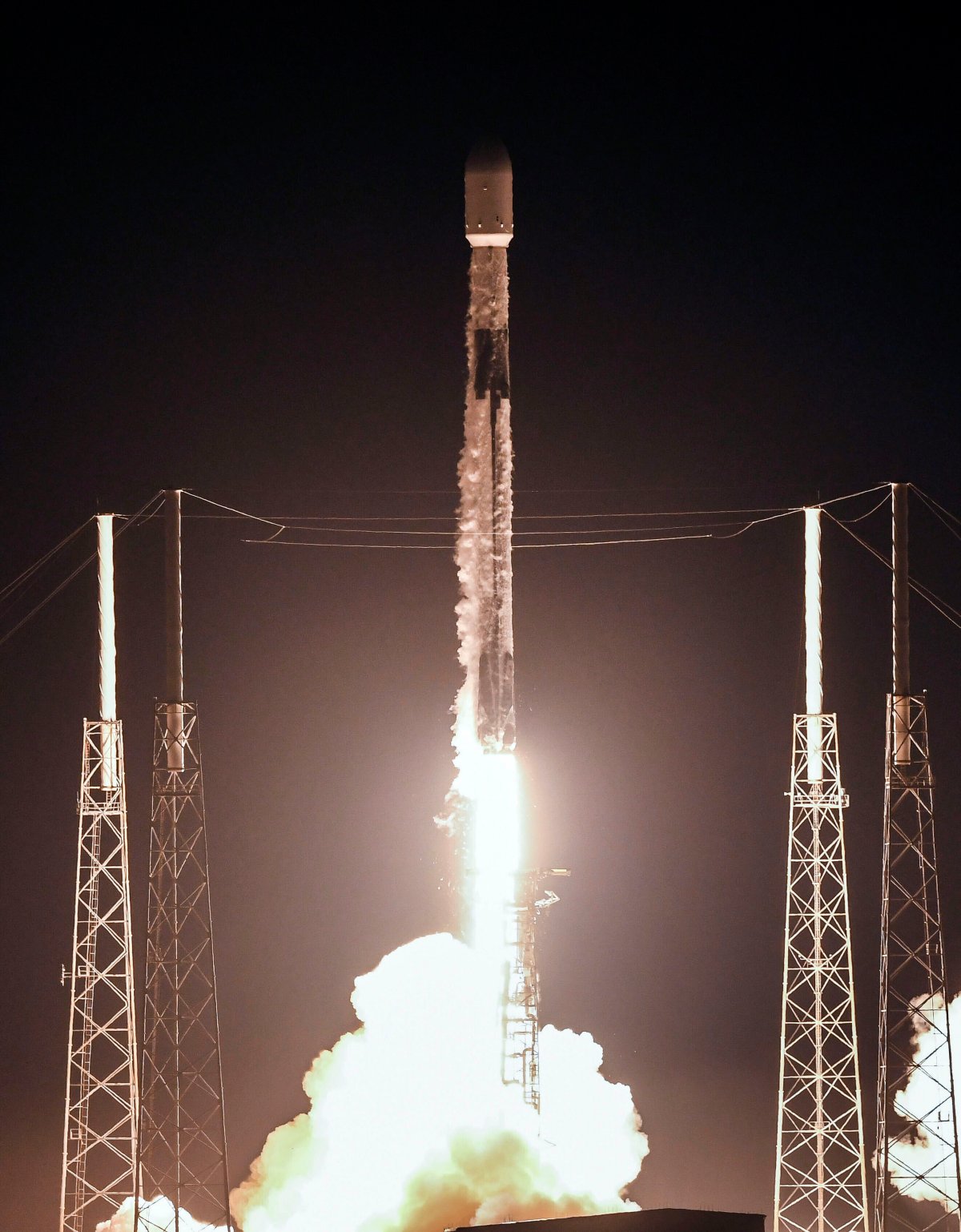Ray Orb says a lack of consistent and reliable high-speed internet is holding back the potential of rural Saskatchewan.

The president of the Saskatchewan Association of Rural Municipalities (SARM) said it’s an ongoing issue and they get a lot complaints from members.
“We don’t have good coverage in… a good part of our rural areas, our rural municipalities in this province,” Orb said on Thursday.
“Especially the southern part of the grain belt, and I’m talking about the municipalities in this province are really in the southern part of the province… that’s the farmland. A good part of it doesn’t have good high-speed.”

While admitting it is quite a large area and sparsely populated, Orb said the quality of high-speed internet is inhibiting growth in rural Saskatchewan.
“It also, I think, inhibits people from moving out of the cities, out of the urban centres into a rural area. For example, if they have children and they want to use high-speed internet, naturally, because they’re used to it.
“It inhibits people from moving out. We know that. We’ve talked to people about that and we know that’s a fact. So in a sense, it’s holding back, I think, the potential of further development in the rural areas in this province.”
When the COVID-19 pandemic struck back in March, Orb said it showed the importance of connectivity in rural Saskatchewan.

Get weekly health news
“Since the pandemic did start affecting us. Well, it’s come to light, I guess, that we have a real need for improvement because of the lack of communications,” Orb said.
“The lack of communications is a big problem now because we have some people that don’t even have good cell phone coverage… they’re hard to get the information to. A good example is maybe health, the HealthLine, maybe people have trouble getting through to that line where they can get advice. They may not be able to get updates from them, from the Ministry of Health, because they don’t have high-speed. So downloading some of the documents is a real challenge.”
“It’s really unfortunate that we don’t have at least the basic high-speed internet access to all of our rural areas in this province.”
SaskTel said it’s invested over $3 billion across Saskatchewan in the last decade which has helped to both grow and enhance its networks to reach 99 per cent of the population of the province.
“Regarding our wired broadband networks, it’s worth noting that we currently serve over 450 communities through DSL (Digital Subscriber Line) internet technology with the smallest of these communities having as few as 50 residents,” read a statement from the Crown corporation.
“Although we are pleased with the progress we’ve made in recent years, we will continue to invest in our networks to ensure that residents and businesses across Saskatchewan have access to high-quality broadband internet.”
Orb said there are internet service providers (ISPs) that are interested in coming into the province and the technology is changing.
One of the developments to catch Orb’s eyes has been Elon Musk’s company, SpaceX, which recently launched more of its Starlink broadband satellites into orbit with the goal of offering worldwide internet service.
“I know the preferred method of transferring high-speed is fiber… but there are all kinds of options and, of course, SpaceX is one option that we would like to see. We’d like to see how it does work,” Orb said.

“I can see that they have a series of satellites that are going to orbit here. So, I would hope that would help… we have a certain amount of fiber already underground and we’d hope that we could tie into some of that fiber but in some areas, we may have to rely on satellite.”
SaskTel said the internet market in Saskatchewan is fully competitive with a number of ISPs operating within the province, all of whom face similar challenges when providing broadband services to residents and businesses in rural areas.
- ‘Alarming trend’ of more international students claiming asylum: minister
- Canadian government’s satellite deal has Tories calling for Elon Musk involvement
- Justin Trudeau headed to UN Summit of the Future amid international instability
- Activists call for Boogie the monkey to be removed from Ontario roadside zoo
Orb said SARM is a member of the Federation of Canadian Municipalities which is pushing nationally to have a bare minimum of 50/10 Mbps per second.
The Canadian government said it’s made over $6 billion available to support the building of rural and remote internet infrastructure with federal investments currently funding projects that will connect roughly a million households.
It added its Connect to Innovate initiative will invest over $23 million in three projects to connect over 50 Saskatchewan communities, many before the end of 2020.
“Providing Canadians with access to high-speed internet will help close gaps caused by geography and increase equality of access to health, education and employment in a digital economy,” read a statement from the federal government.
“Our government will also continue to ensure that a consumer-first lens is applied to all telecom policies, to make sure every Canadian has access to affordable, high-quality services, no matter where they live.”









Comments